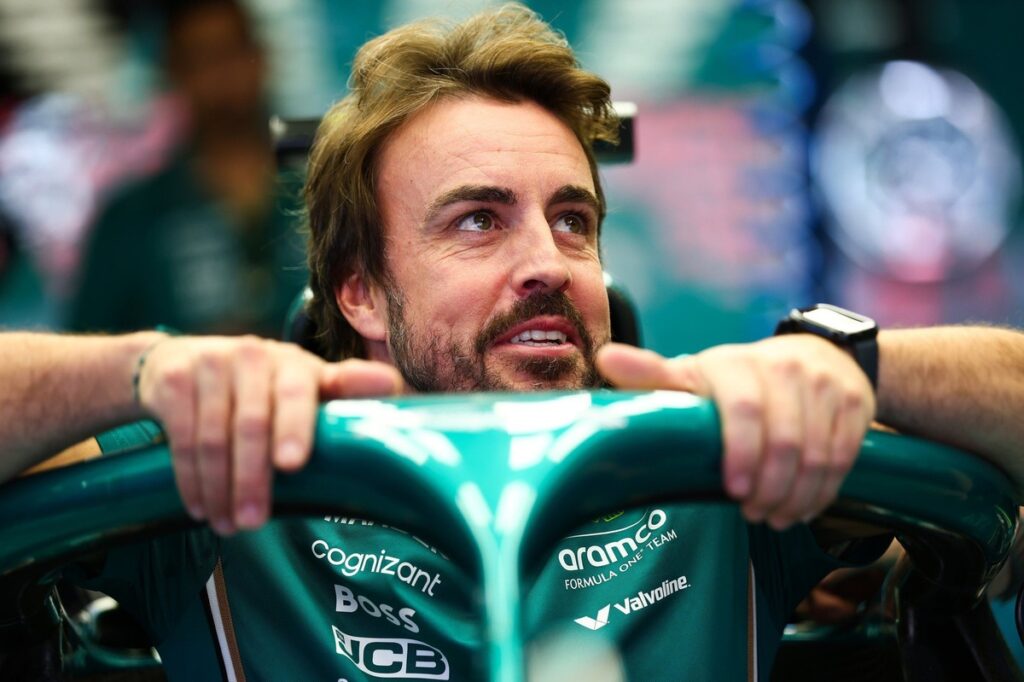The Future of the Spanish Grand Prix: Transition from Barcelona to Madrid
While Barcelona currently holds a contractual agreement to host the Formula 1 Sprint event next season, many industry insiders and fans are viewing this weekend’s Grand Prix as a farewell, with Madrid poised to take its place on the calendar starting in 2026. The Circuit de Barcelona-Catalunya has been a staple of the F1 calendar since 1991, following its relocation from Jerez, and has become a favorite among teams and spectators alike. Its 14-turn layout offers numerous opportunities for testing and overtaking, making it a challenging yet popular venue.
Challenges in Maintaining the Barcelona Venue
Despite its popularity, the future of the Barcelona circuit is uncertain. Formula 1 management has been advocating for increased investment in race infrastructure and better crowd management, but these efforts have largely gone unheeded. As a result, the sport’s authorities have decided to pivot towards Madrid, which will host a new street circuit event in the Spanish capital, dubbed the ‘Madring’ circuit.
Madrid’s return to the F1 calendar marks a significant shift, as the city last appeared on the schedule in 1981. The new agreement extends until 2035, with the inaugural race set to take place next year. This move is part of a broader strategy to diversify race locations within Spain, although it’s unlikely that both cities will host full Grand Prix events simultaneously in the same year, given the crowded international schedule.
Madrid’s Revival and the New Circuit Design
Unlike traditional race tracks, street circuits like the Madring are temporary setups that utilize existing city streets. The Madrid layout features a 5.4-kilometer course with 22 turns, including a prominent 589-meter straight-one of the longest on the calendar. The circuit’s design incorporates several nods to Madrid’s rich history and Spanish culture, aiming to create a unique racing spectacle.
The track begins with a long straight leading into a tight chicane, where cars will decelerate from speeds exceeding 320 km/h to around 100 km/h, providing prime overtaking opportunities. The first corner, a sharp turn, is expected to be a focal point for strategic battles and driver skill.
Local Heroes and Expectations
Carlos Sainz, a Madrid native and current Ferrari driver, has expressed enthusiasm about the upcoming race. As an ambassador for the event, Sainz believes the Madrid Grand Prix will be a major success and is committed to supporting the circuit’s development. “Madrid is a vibrant city with enormous potential,” he said. “I am confident that this race will showcase the city’s energy and passion for motorsport.”
Sainz’s optimism is shared by other drivers, including Max Verstappen, who has a strong record at the Barcelona circuit. Verstappen, who secured his first F1 victory at the Spanish GP in 2016, emphasized the importance of preserving historic venues. “Losing Barcelona would be a real blow, especially for the drivers and fans who cherish its legacy,” he remarked. “While new circuits are exciting, the history and atmosphere of traditional tracks are irreplaceable.”
The Significance of Madrid’s Return
The decision to introduce the Madrid Grand Prix reflects F1’s broader ambitions to expand its global footprint and appeal to new audiences. The city’s strategic location, combined with its cultural appeal, makes it an ideal host for a street race. The event is expected to draw significant international attention, boosting tourism and local engagement.
Carlos Sainz’s role as an ambassador underscores the importance of local support in ensuring the race’s success. He highlighted Madrid’s potential as a world-class racing destination, emphasizing that the city’s vibrant atmosphere will make the event memorable for fans and participants alike.
Looking Ahead: A New Chapter for Spanish Motorsport
As the sport transitions from the familiar streets of Barcelona to the bustling avenues of Madrid, fans and teams alike are preparing for a new chapter in Spanish motorsport. The Madrid circuit’s innovative design and the city’s lively spirit promise to deliver an exciting addition to the F1 calendar. While the future of Barcelona’s iconic track remains uncertain, the sport’s organizers are optimistic that the Madrid Grand Prix will become a staple in the years to come, blending tradition with modernity.
Stay tuned for more updates on the development of the Madrid circuit and the upcoming F1 season, as the sport continues to evolve and captivate audiences worldwide.

